Hooked on Fish
How Sushi and Frozen Fish Are Reeling In Grocery Shoppers




Seafood Sales: Shoppers Want Convenience, Quality, and More at Home
in 2024, with increases in both pounds and number of items sold.1
Several factors are shifting shoppers’ seafood preferences:
32% is the percentage of seafood shoppers comprising total grocery consumers, up from 25% in 2019.2
Busy consumers covet quick, nutritious meal solutions like sushi or frozen fish
Home-cooked seafood is up from 53% to 59% while restaurant seafood meals are down from 47% to 41%.
Sushi Becomes a Grocery Store Powerhouse
No longer a niche offering — sushi is a mainstream supermarket staple.
The potential is eye-opening:
Sushi sales are up
of shoppers are likely to purchase sushi—more than any other deli item including traditional favorites like macaroni and potato salad.
Sushi meets demand for restaurant-quality, freshly prepared grab-and-go options and some purchase two to three times per week. Shopping baskets often include another $40 worth of items when sushi is the destination.
Sushi is one of the most powerful categories we've seen in supermarkets over the last five years.
Fan Favorite All Year Long
Sushi, bento boxes and poke bowls are crowd favorites and have become a destination in the deli department.
Sushi Shoppers Spend More
The category attracts coveted young shoppers, especially Gen Z and households with children ages 13-17.
69% purchase the category year-round.
The choice for many occasions—69% buy for lunch, 65% for dinner, 43% quick and easy meal.
say they definitely would buy Bento Boxes, especially since they can be customized.
show interest in hand rolls.
Shoppers enjoy the variety of sushi choices:
report they are likely to buy poke bowls.





Alaska-Sourced. Naturally Fresh.
Confidence in the freshness offered at grocery stores is crucial. Wild caught/wild is the number one claim that sends a fresh message, and that is amplified by noting the seafood is sourced from Alaska which is synonymous with fresh fish.
are likely to buy sushi if they see “Alaska” or “Alaska-sourced” listed. Another 4 in 10 believe the Alaska claims would make them equally likely to purchase �a sushi product.
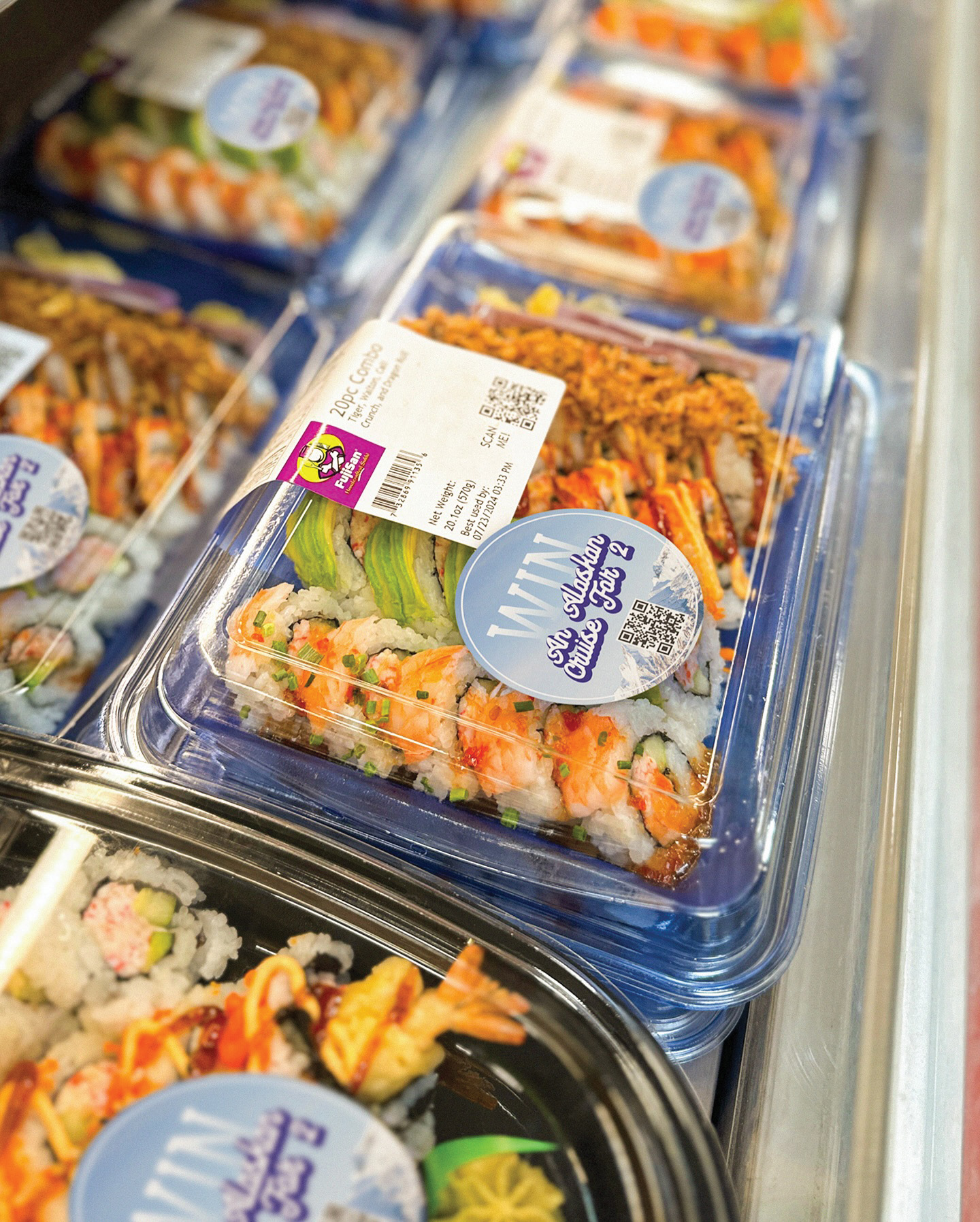

From Freezer to Fork: Why Frozen Fish Is a Weekly Go-To
Like sushi, frozen fish is gaining traction with consumers desiring versatile, quick and healthy meals. Sales in grocery stores exceeded $8 billion last year.3
Almost
purchase frozen fish as part of their weekly routine. 70% prefer plain unseasoned frozen fish.
purchase frozen fish year-round, delivering continuous sales for retailers.
say dinner is the most common usage occasion.
Alaska-sourced frozen seafood drives baskets that are
say a sale or promotion motivates them versus special displays or samples. Sales promotions built around Alaska Sourced Frozen Fish motivate purchase and improve retailers’ value perception.

4 in 10
Seafood is on More Plates
Convenience
Restaurant Quality at Home
91%

82%
78%
78%
84%
85%
1 in 3
–Chris DuBois, Circana’s Executive Vice President, Perimeter Foods Practice Leader









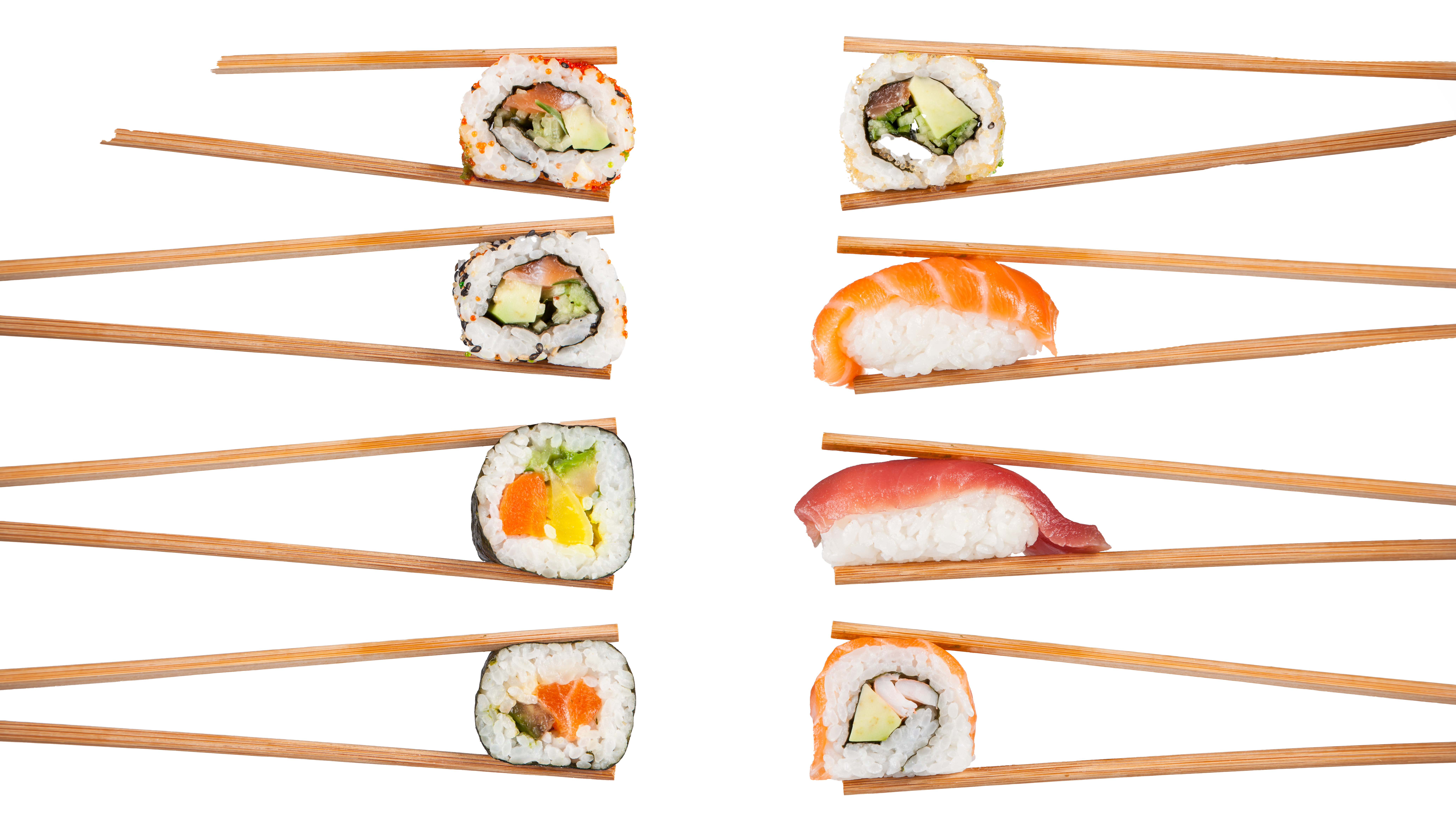

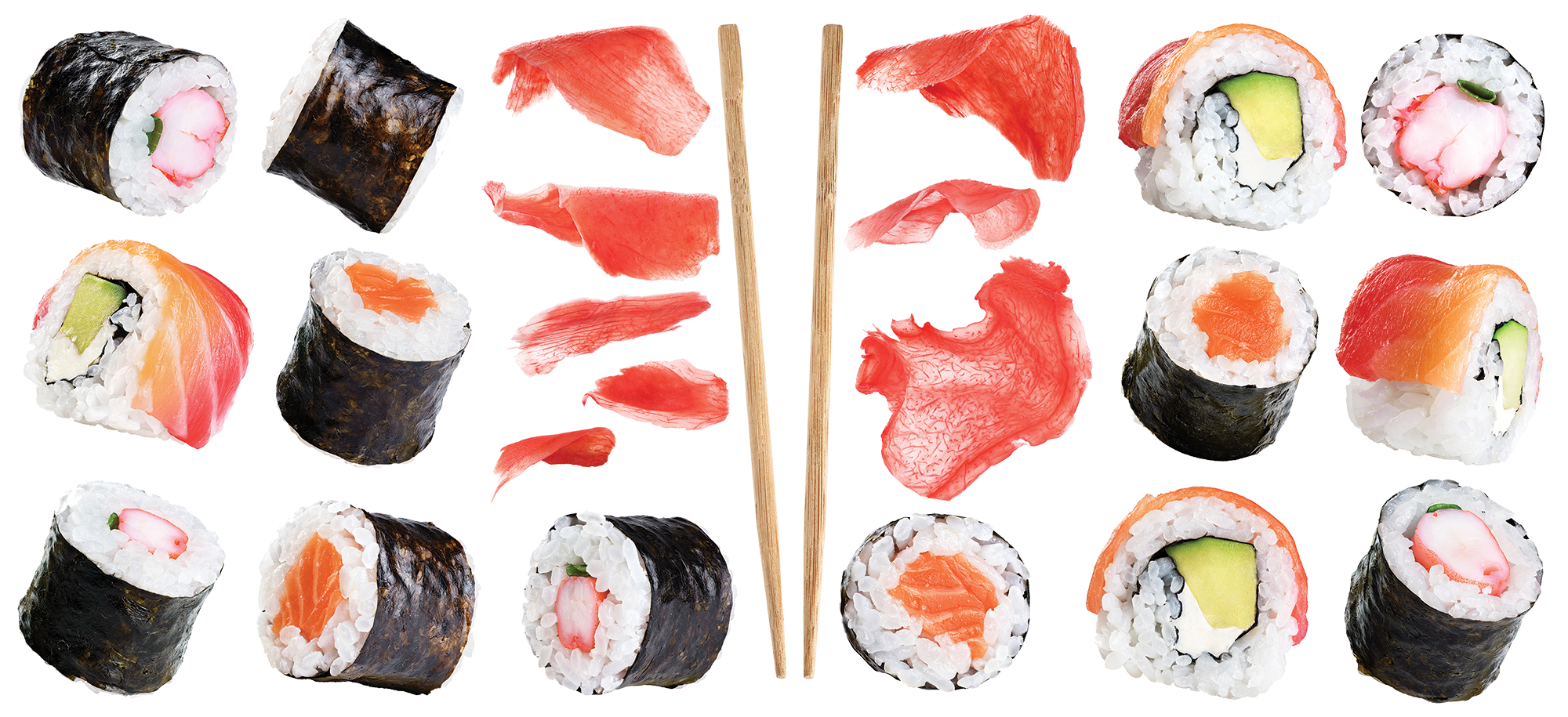

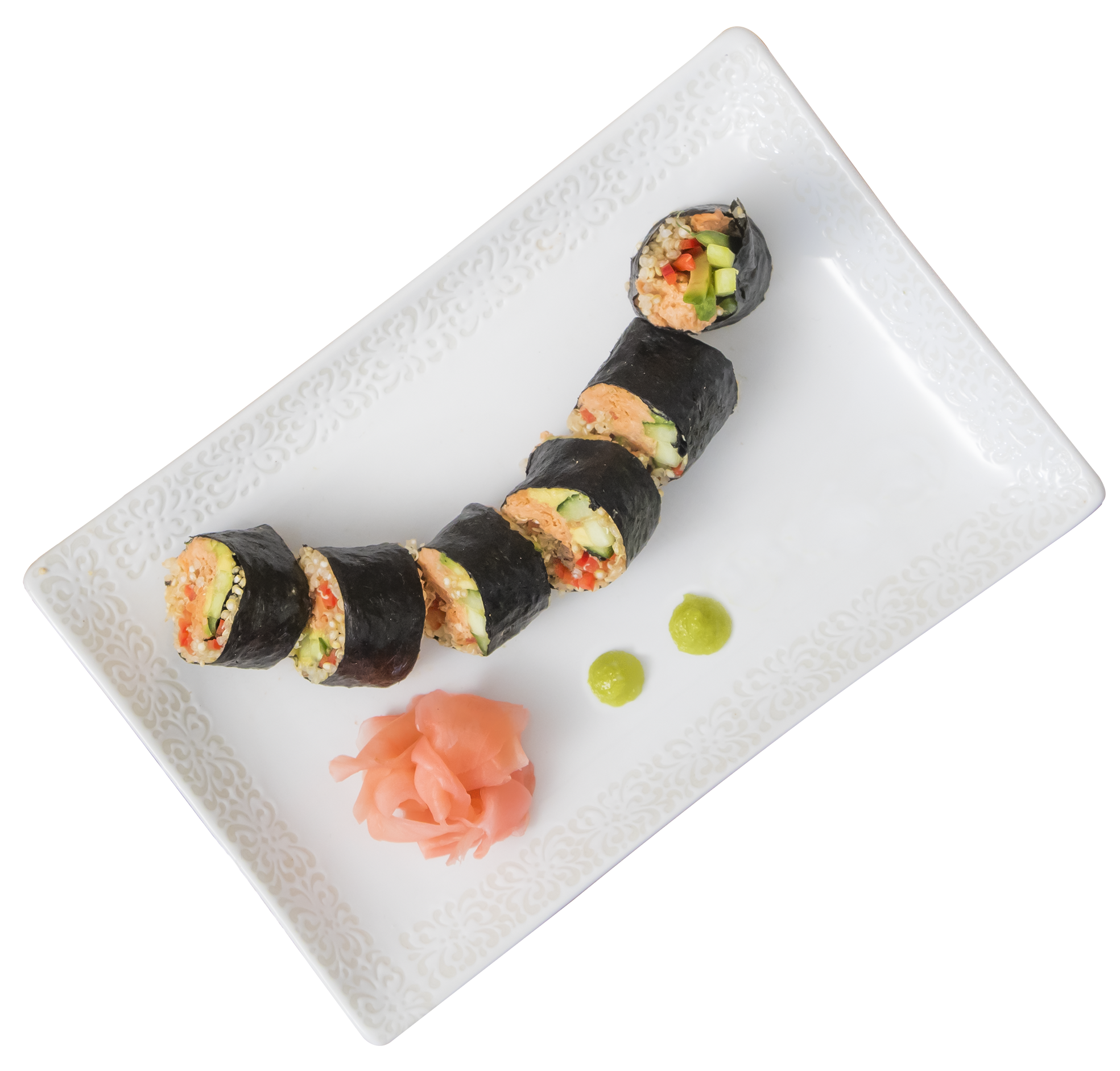

63%
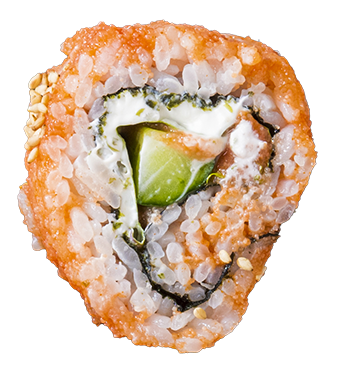


The category could reach
since 2020 to $2.5 billion.

$3.2
billion to $3.5 billion by 2030.
Repeat business; bigger baskets:
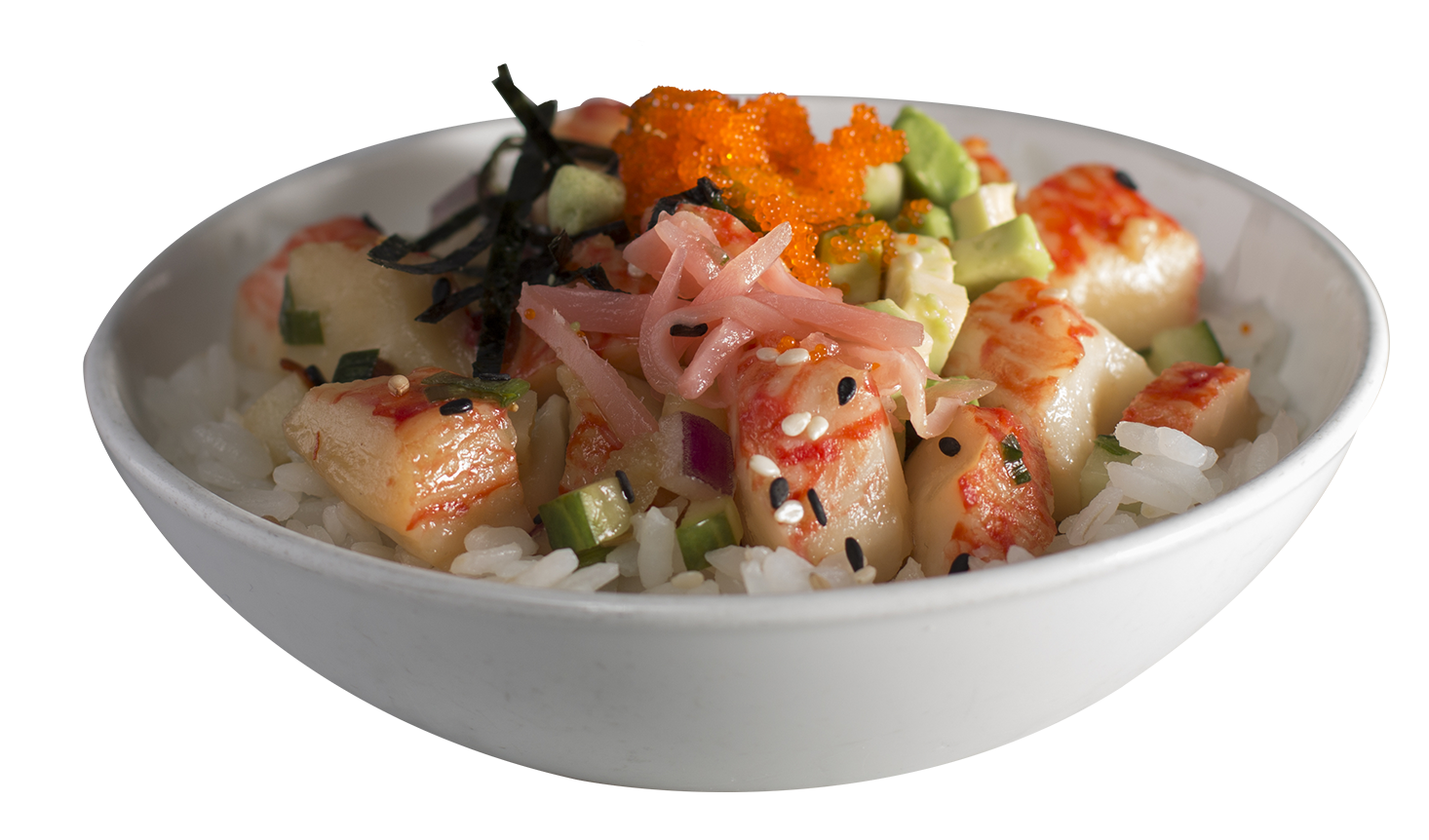
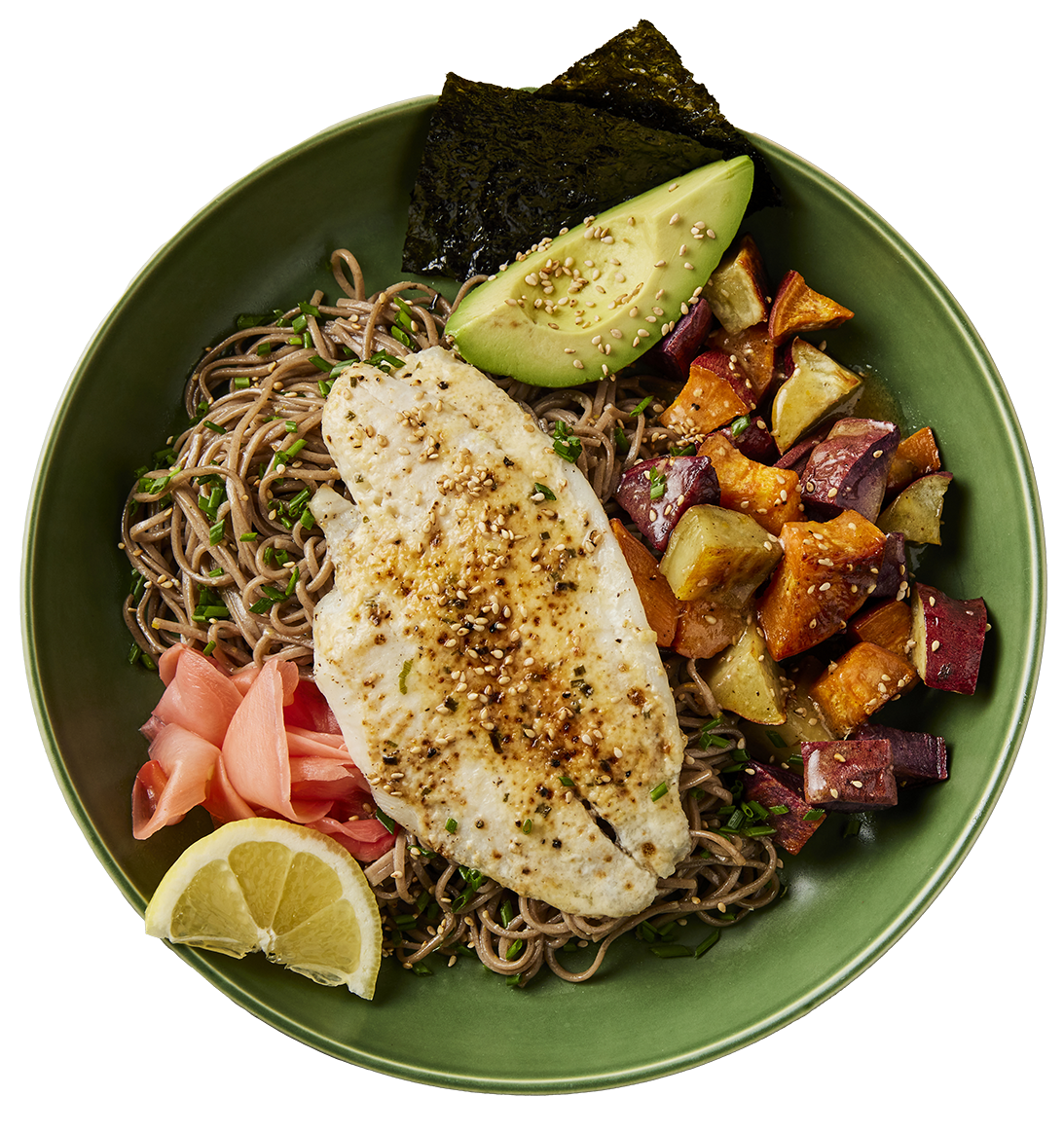


Supermarket seafood sales topped
$24.4 billion
More meals at home = more seafood.
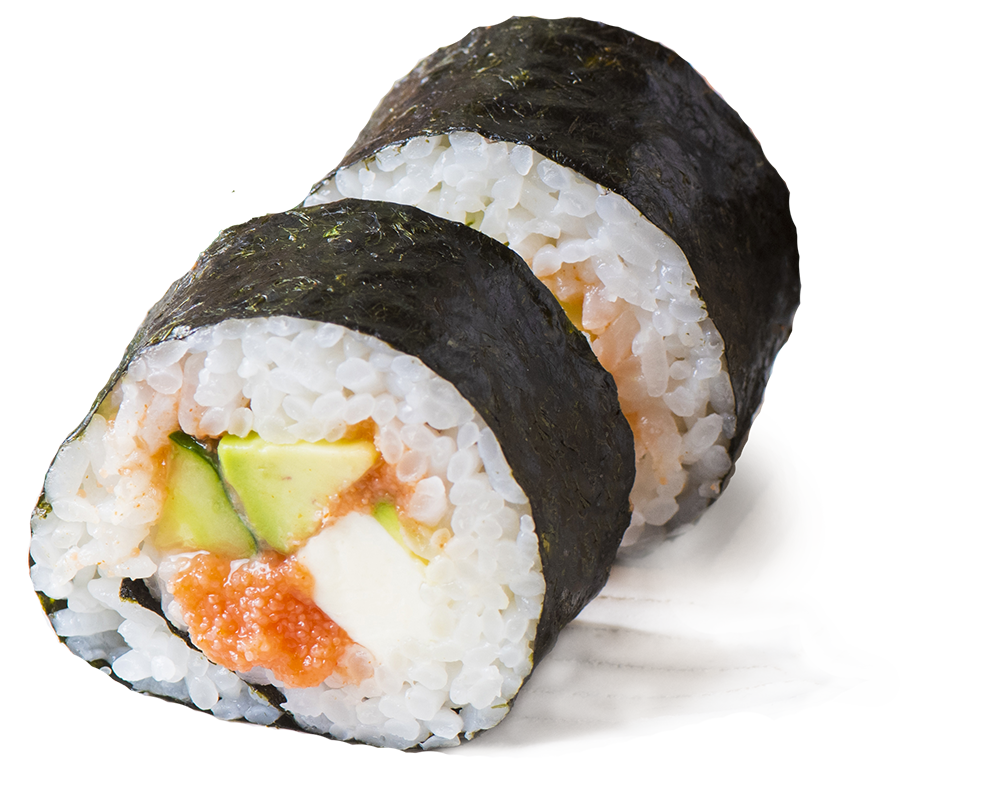




Sushi is one of the biggest platforms for future growth in prepared foods. Investing in building assortments and space for sushi generates higher rings and multiple sales.



–Chris DuBois, Circana’s Executive Vice President, Perimeter Foods Practice Leader
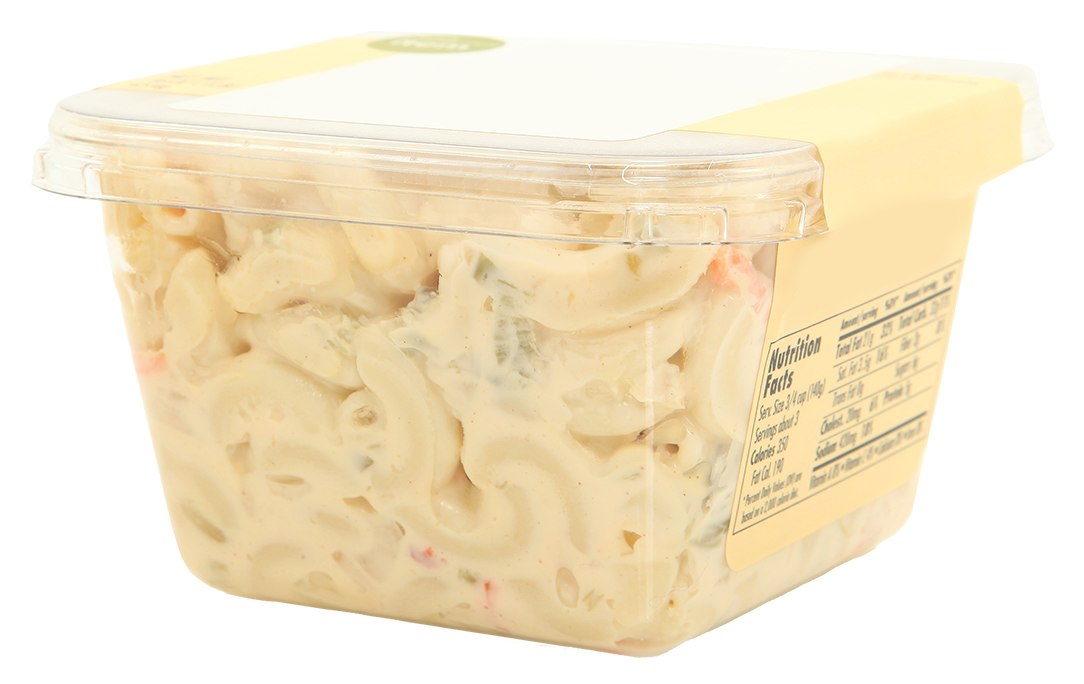














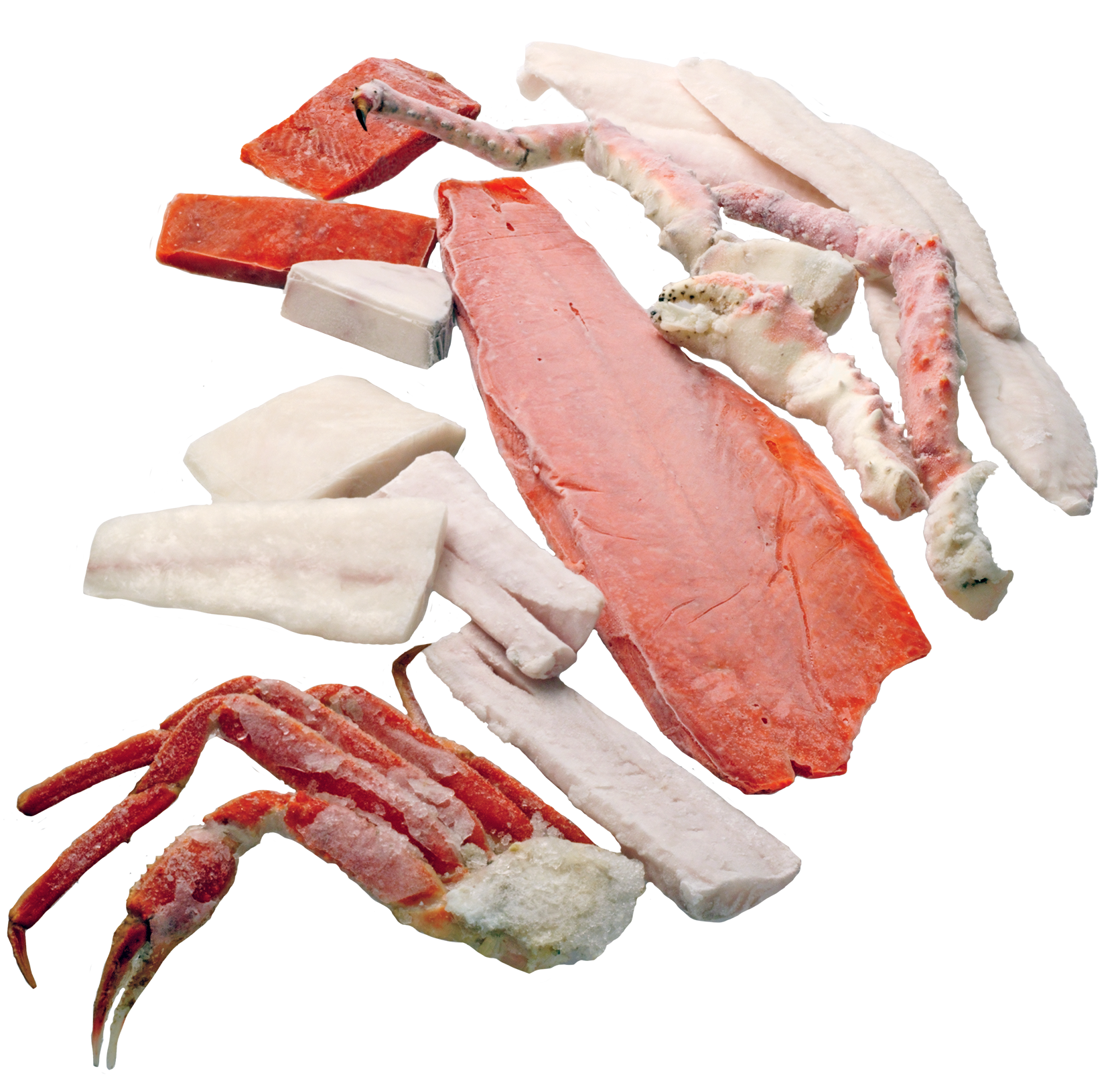
Widespread Adoption:



15%
Price plays a significant role in frozen fish decision-making.
79%

higher than other frozen seafood

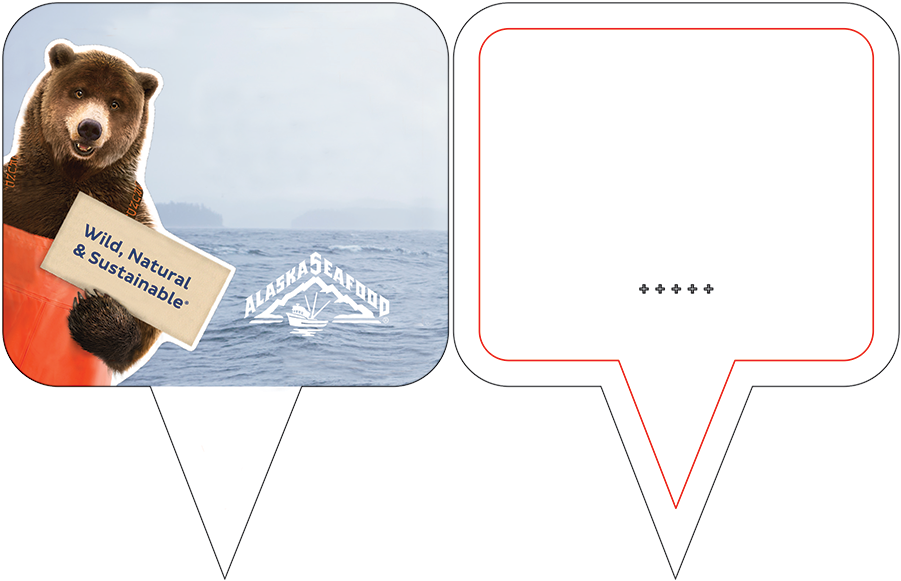
SALE
Learn how to hook more sushi and frozen fish shoppers here.
All data from Circana Alaskan Seafood Custom Survey except otherwise noted.
1. FMI The Power of Seafood, 2. FMI The Power of Seafood, 3. Circana




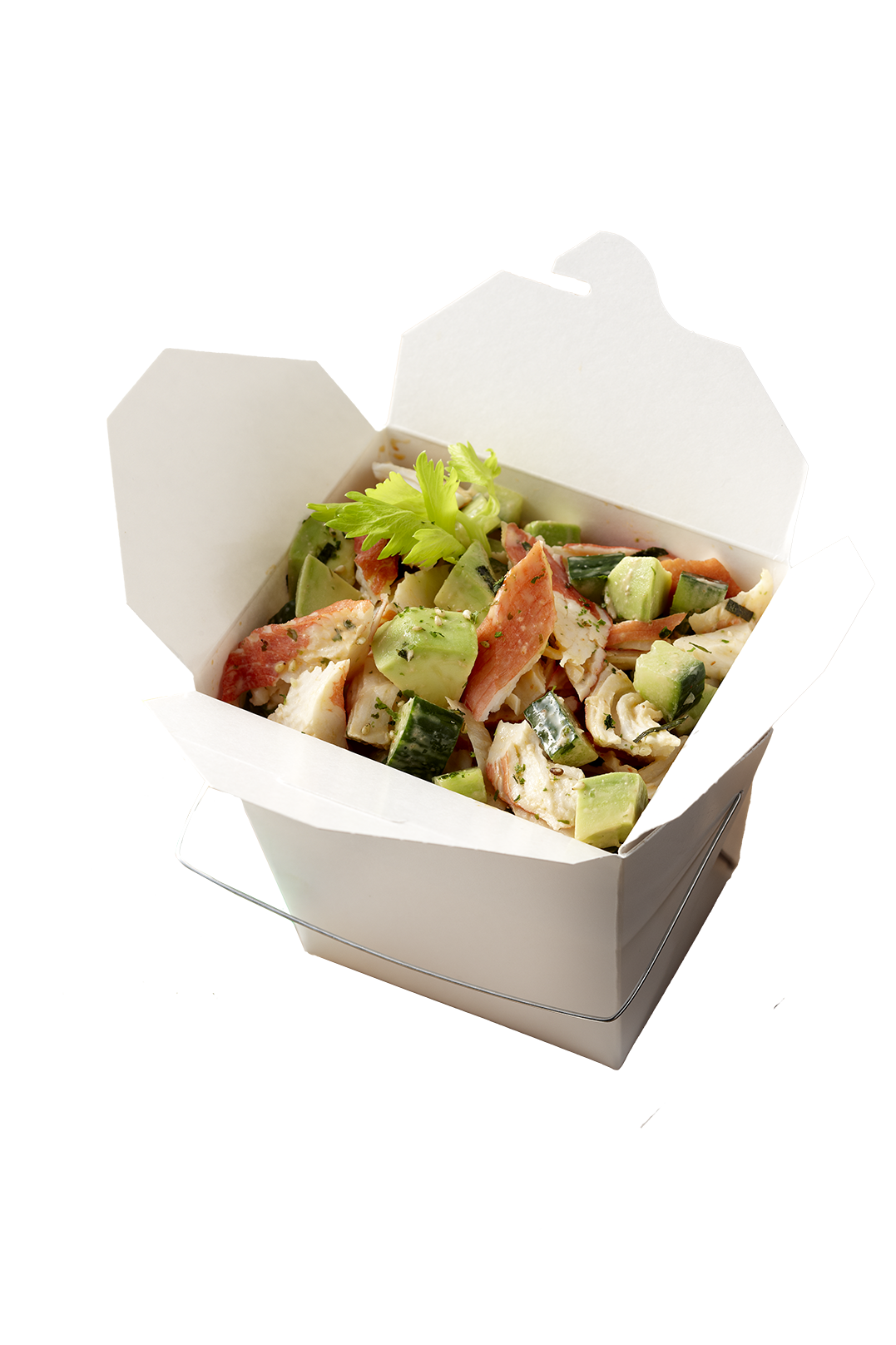



CLICK HERE

BACK TO TOP






Scroll Down
Lunch
Dinner
Quick and easy meal
69%
65%
43%
The choice for many occasions to buy for:

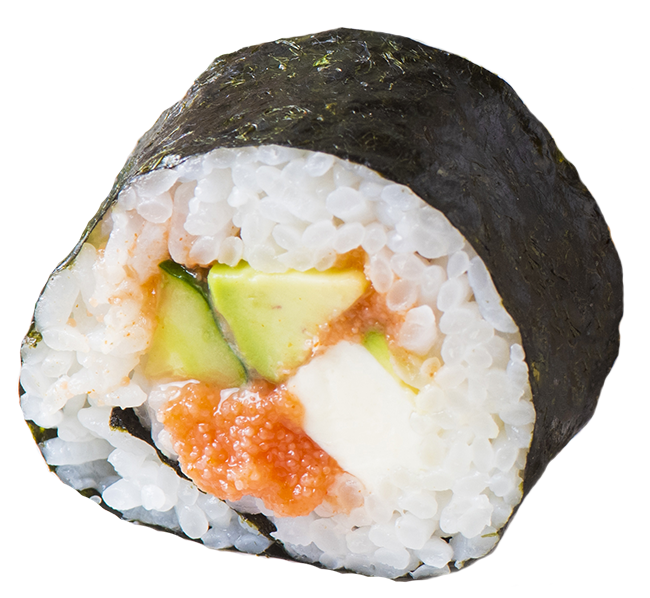










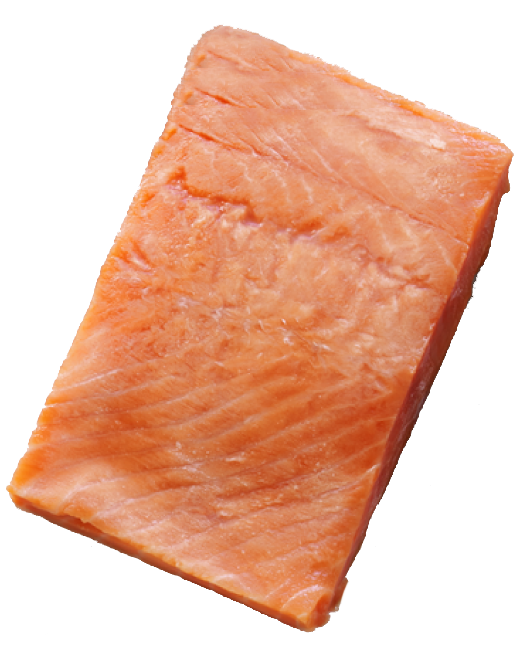







90 million
households purchase frozen seafood.

